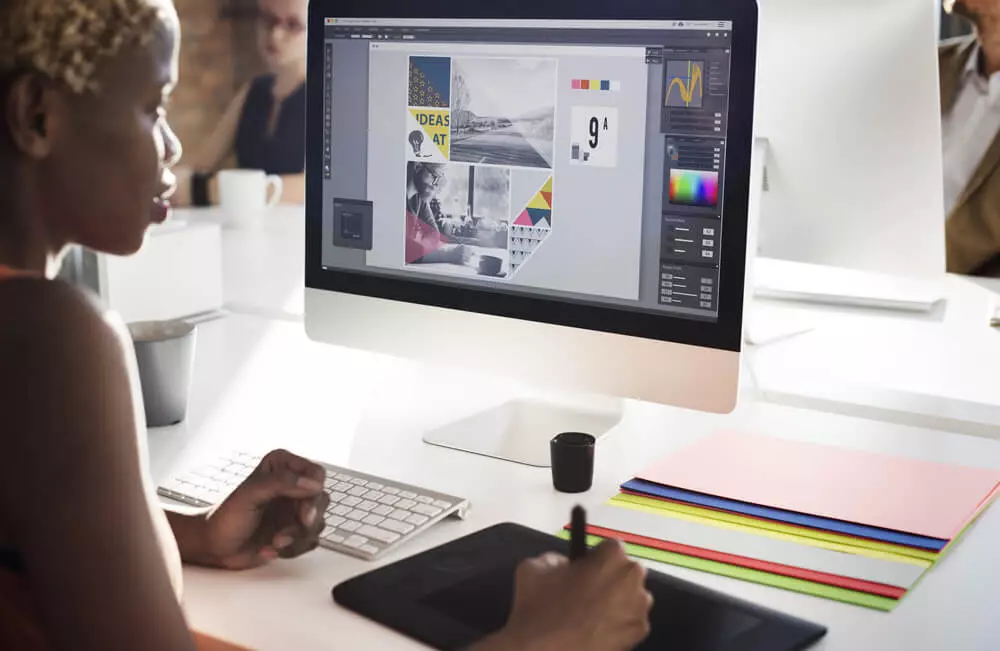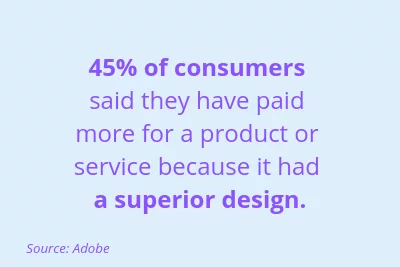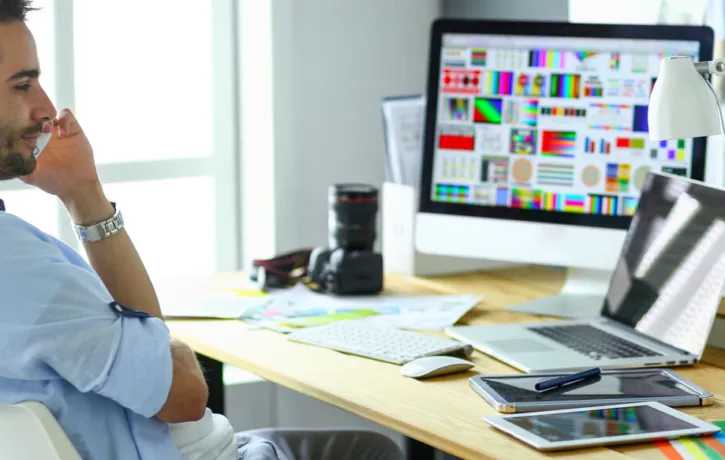[vc_row][vc_column][vc_column_text]
Your company is revamping its brand and you’re in charge of designing the new app. In a whirl of excitement, you start churning out ideas for new designs and unique layouts that would make the app unforgettable.
But that familiar, disillusioned voice creeps into your head yet again.
You can’t do that.
And you know it’s right. No matter how creative your designs may be, appearances will always come second to more practical design elements, such as in-app navigation, usability, and layout conventions.
Performance trumps creativity — but does it have to?
A user’s ability to easily make their way around an app is directly tied to a platform’s conversion rate, customer retention, and other key performance metrics. Ignoring this reality in your design plans can have major consequences to the business’s bottom line.
Dive Deeper: Think Your Product is Great? Your User Journey Map Says Otherwise
As a result, product designers have been forced to check-in their creativity in favor of designs that are proven to support business goals. And so emerged innumerable product interfaces based on accepted “best practices” and templates that are barely distinguishable from one another in the eye of the user.
Not to mention they’re boring.
If only you didn’t have to choose between beautiful designs and perfect usability!
Good news, folks. You no longer have to. With in-app digital solutions that safeguard user navigation and facilitate greater customer retention, product designers can unleash the full range of their creativity without a worry.
Understanding the business case for good design
Effective design sells. Here are some stats to prove it.
- Aesthetics matter. 75% of consumers judge a site or app on its overall look. (The British Computer Society)
- Good design = more conversions. A well-designed UI could lead to 200% higher conversion rates, and well-designed UX could boost conversions by 400%. (Forrester Research)
- Effective UX leads to higher revenue. Businesses with great product design were able to increase revenue by 32 percentage points and boost total returns to shareholders by 56 percentage points. (McKinsey)
- Design influences brand loyalty. 66% of consumers said the top factors that determine brand loyalty are design, features, and quality of the product or service. (eMarketer)
The numbers speak for themselves: getting design right has a tangible effect on the company’s bottom line.
When there’s so much at stake, it’s easy to make a case to adhere to “best practices” and predefined rules. Creativity is sidelined in favor of doing what we know already works.
But when product designers conform to this mindset, their designs end up looking just like everything else — after all, they’re created based on the same rules. And when this is the case, it’s impossible to stand out.
User-centricity is your key to success (and your biggest limitation)
One of the biggest challenges product designers face today is creating unique designs that still support business goals,  like conversion rate optimization and increasing customer retention.
like conversion rate optimization and increasing customer retention.
The key to achieving both is focusing on the user. A smooth user journey is integral to success.
Elements of the user experience like navigation and usability are critical to keeping your users satisfied, engaged, and loyal. According to Google, 61% of users will leave a site if they don’t find what they are searching for right away.
But it is often these exact things that end up limiting a product’s creative potential. You stick to the same design principles for things like menu style and location, image types, colors… the list goes on, hoping that creating a familiar design will facilitate greater usability.
But as an artist, you know making something that is familiar is the first step to being forgotten.
Instantly boost usability in navigation with a Digital Adoption Platform (DAP). Request a demo.
Say goodbye to boring designs forever
There is a digital solution to this creativity conundrum.
In-app navigation tools that provide users with real-time  guidance and personalized recommendations ensure they always complete tasks (such as making a purchase) efficiently. Even a first-time visitor will have no trouble finding what the are looking for.
guidance and personalized recommendations ensure they always complete tasks (such as making a purchase) efficiently. Even a first-time visitor will have no trouble finding what the are looking for.
Navigational cues can be personalized to support a number of specific goals. Powered by AI and machine learning technology, these tools learn to assess the user’s context and offer tips based on the task at hand.
Once you know navigation and usability are guaranteed, the possibilities to implement new creative designs become endless. There’s no need to choose, no sacrificing one for the other. With digital “user hand-holding” you can have both a high-converting and unique design.
[/vc_column_text][/vc_column][/vc_row][vc_row][vc_column][gem_alert_box button_1_corner=”3″ button_1_icon_pack=”elegant” button_1_text=”Request a Demo” button_1_link=”url:https%3A%2F%2Fwww.walkme.com%2Fpages%2Fdap-cv-2-help-your-users-engage-technology%2F%3Ft%3D19%26eco%3Dux%26adin%3Dproduct-designers-ux-rulebook-al01%26land%3Ddap-cv-2-help-your-users-engage-technology%26pitch%3DAdoption-Promotion||target:%20_blank|”][vc_column_text]
WalkMe’s Digital Adoption Platform (DAP) transforms the user experience in today’s overwhelming digital world. Using artificial intelligence, engagement, guidance, and automation, WalkMe’s transparent overlay assists users to complete tasks easily within any enterprise software, mobile application or website. Discover how a DAP can revolutionize your business.
[/vc_column_text][/gem_alert_box][/vc_column][/vc_row]

